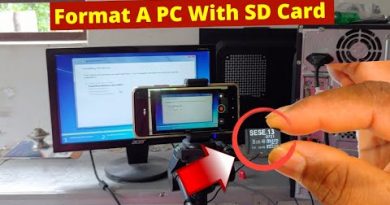create windows 7 bootable pendrive
Certainly! Creating a Windows 7 bootable USB drive involves a few steps. Please note that Windows 7 is an older operating system, and Microsoft has ended its support. If possible, consider using a more recent and supported version of Windows. However, if you still need to create a Windows 7 bootable USB drive, here’s a guide:
Prerequisites:
USB Flash Drive: At least 4 GB of storage.
Windows 7 ISO: You should have a Windows 7 ISO file. If you don’t have it, you can obtain it legally from Microsoft or use your original installation disk.
Steps:
Download and Install Rufus:
Download Rufus from the official website: Rufus
Install Rufus on your computer.
Insert USB Flash Drive:
Insert the USB flash drive into an available USB port on your computer.
Open Rufus:
Run Rufus.
Configure Rufus Settings:
Device: Select your USB flash drive from the dropdown.
Boot Selection: Click on “Select” and choose the Windows 7 ISO file you have.
Partition Scheme: Choose “MBR” if your computer uses BIOS, or “GPT” if it uses UEFI.
File System: Select “NTFS.”
Start the Process:
Click on “Start.”
Warning:
Rufus will warn you that all data on the USB drive will be destroyed. Ensure you’ve backed up any important data from the USB drive.
Create a Bootable USB:
Click “OK” to start the process. Rufus will copy the Windows installation files to the USB drive and make it bootable.
Wait for Completion:
Rufus will show the progress of the process. Wait for it to complete.
Completion:
Once the process is complete, you’ll see “READY” at the bottom. You can now close Rufus.
Eject USB:
Safely eject the USB flash drive from your computer.
Now, you have a bootable Windows 7 USB drive. You can use it to install or repair Windows 7 on a computer. Remember that Windows 7 is no longer supported, and it’s recommended to use a more recent and supported version of Windows for security reasons.
how to repair windows 7



